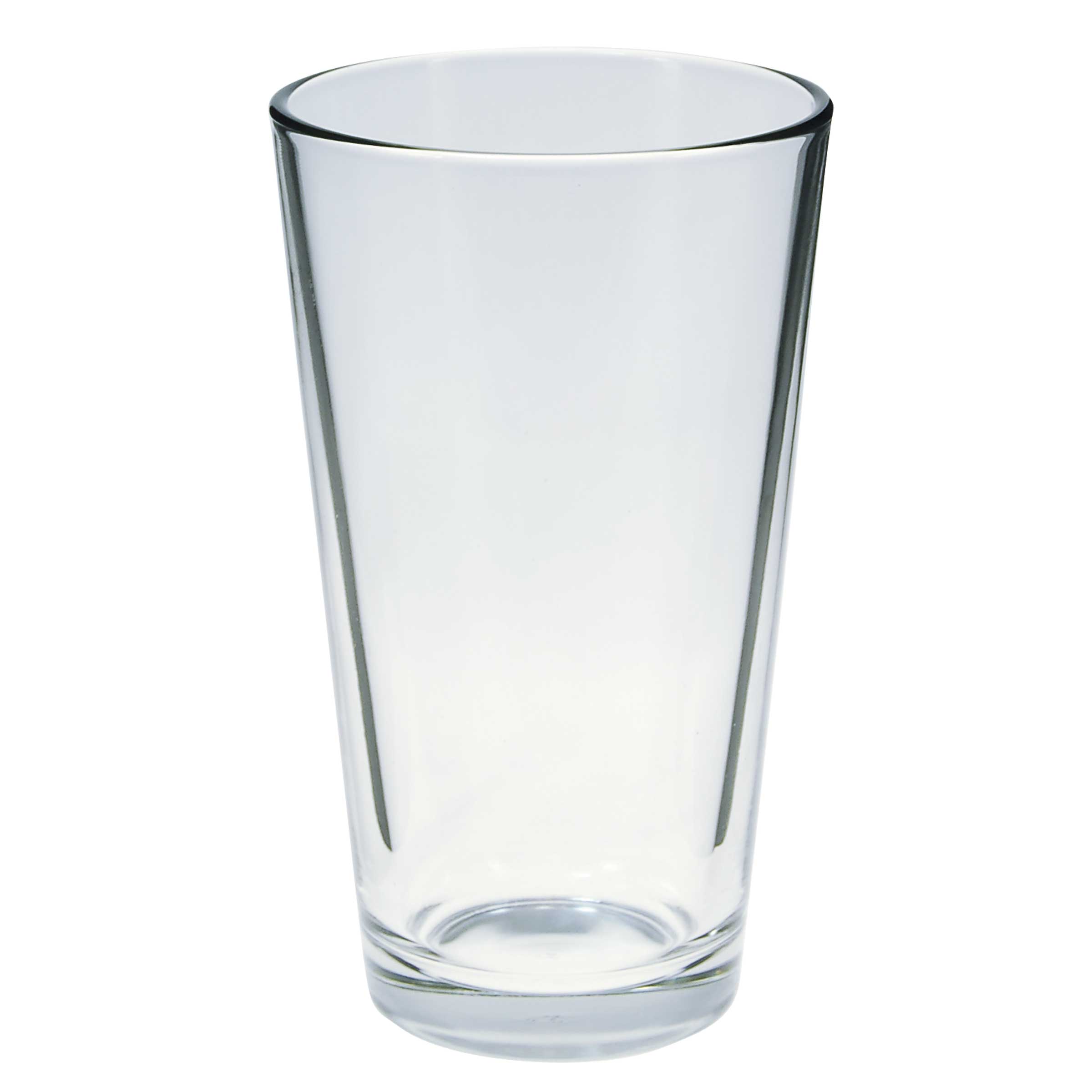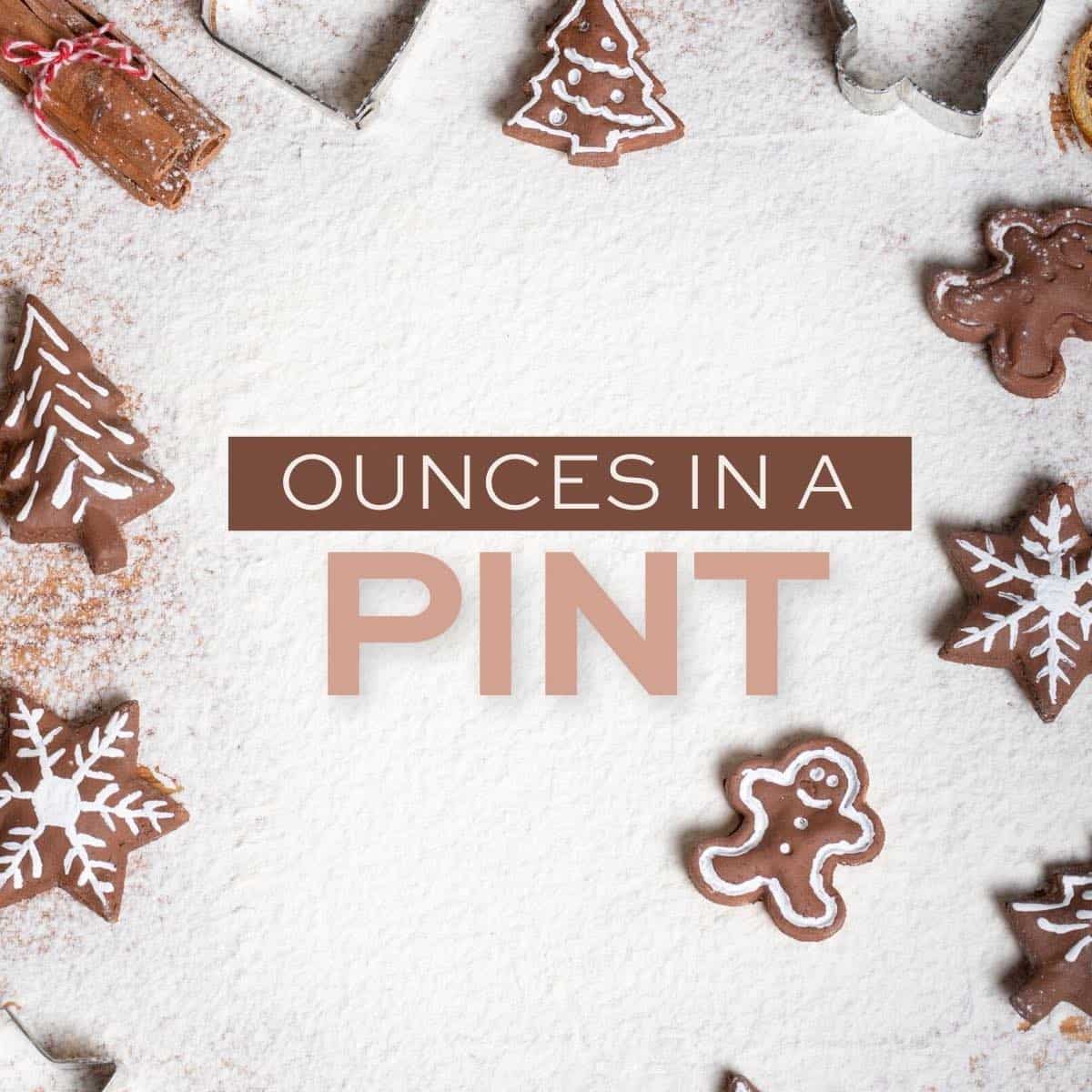Are you confused about pint ounces and how they relate to everyday measurements? Whether you're cooking, baking, or simply trying to understand liquid measurements, knowing the relationship between pints and ounces is essential. This guide will walk you through everything you need to know about pint ounces, their conversions, and their practical applications. By the end of this article, you'll have a clear understanding of this critical measurement and how to use it effectively.
Measurement conversions can often feel overwhelming, especially when dealing with liquids. Pints and ounces are two commonly used units in the U.S. customary system, and understanding their relationship is crucial for accuracy in recipes, beverage servings, and more. In this article, we will explore the definition of a pint, the definition of an ounce, and how these two units interact. We'll also provide practical examples and tips to help you master pint ounces.
Whether you're a home cook, a professional chef, or someone who simply wants to understand liquid measurements better, this guide is designed to simplify the process. We'll also discuss the differences between U.S. and imperial measurements, as well as provide useful tools and resources to make conversions easier. Let’s dive into the world of pint ounces and uncover the secrets behind this fundamental measurement.
Read also:Best Desi Recipes For My Desinet
Table of Contents
- What Are Pint Ounces?
- How to Convert Pints to Ounces
- Practical Examples of Pint Ounce Conversions
- U.S.. vs. Imperial Measurements
- Tools for Converting Pint Ounces
- Common Mistakes to Avoid
- Applications in Cooking and Baking
- Real-World Uses of Pint Ounces
- Frequently Asked Questions
- Conclusion
What Are Pint Ounces?
Pint ounces refer to the relationship between two units of measurement: pints and ounces. A pint is a unit of volume in the U.S. customary and imperial systems, while an ounce is a smaller unit of volume or weight. When discussing pint ounces, we are specifically referring to fluid ounces, which measure liquid volume.
In the U.S. customary system, one pint equals 16 fluid ounces. This means that if you have a pint of liquid, it contains 16 ounces of that liquid. Understanding this conversion is essential for tasks like cooking, where precise measurements can make or break a recipe.
Key Definitions
- Pint: A unit of volume commonly used in the U.S. customary system. One pint equals 16 fluid ounces.
- Fluid Ounce: A smaller unit of volume used to measure liquids. One fluid ounce is approximately 29.57 milliliters.
How to Convert Pints to Ounces
Converting pints to ounces is a straightforward process, but it requires a basic understanding of the relationship between these two units. To convert pints to ounces, you simply multiply the number of pints by 16. For example:
- 1 pint = 16 ounces
- 2 pints = 32 ounces
- 3 pints = 48 ounces
This formula can be applied to any number of pints, making it easy to scale recipes or measure liquids accurately.
Step-by-Step Conversion Process
- Identify the number of pints you want to convert.
- Multiply the number of pints by 16.
- The result is the equivalent number of ounces.
For example, if you have 5 pints, the calculation would be: 5 x 16 = 80 ounces.
Practical Examples of Pint Ounce Conversions
Let’s explore some real-life scenarios where pint ounce conversions are useful. These examples will help you understand how to apply the conversion formula in everyday situations.
Read also:Julie Pitt Actress Model Latest News Photos
Example 1: Cooking a Soup Recipe
Imagine you’re making a soup recipe that calls for 3 pints of chicken broth. To ensure accuracy, you can convert this measurement to ounces. Using the formula:
- 3 pints x 16 = 48 ounces
This means you’ll need 48 ounces of chicken broth for the recipe.
Example 2: Measuring Beverage Servings
If you’re hosting a party and need to serve 10 pints of lemonade, you can calculate the total ounces required:
- 10 pints x 16 = 160 ounces
This ensures you have enough lemonade for your guests.
U.S. vs. Imperial Measurements
It’s important to note that pint ounces differ between the U.S. customary system and the imperial system used in countries like the United Kingdom. In the U.S., one pint equals 16 fluid ounces, while in the imperial system, one pint equals 20 fluid ounces.
Key Differences
- U.S. Pint: 16 fluid ounces
- Imperial Pint: 20 fluid ounces
This distinction is crucial when following recipes or measurements from different regions. Always verify which system is being used to avoid errors.
Tools for Converting Pint Ounces
While manual calculations are helpful, there are many tools available to simplify pint ounce conversions. These tools can save time and reduce the risk of errors.
Online Conversion Calculators
Websites like unitconverters.net and calculatorsoup.com offer free conversion tools that allow you to input pints and instantly receive the equivalent in ounces.
Mobile Apps
Mobile apps like "ConvertPad" and "Unit Converter" provide quick and easy conversions for pint ounces and other units of measurement.
Common Mistakes to Avoid
When working with pint ounces, it’s easy to make mistakes if you’re not careful. Here are some common pitfalls to watch out for:
- Confusing fluid ounces with weight ounces.
- Mixing up U.S. and imperial measurements.
- Forgetting to double-check conversions when scaling recipes.
By staying mindful of these mistakes, you can ensure accurate measurements every time.
Applications in Cooking and Baking
Pint ounces play a vital role in cooking and baking, where precision is key. Whether you’re measuring liquids for a cake batter or scaling a sauce recipe, understanding pint ounces ensures consistency and accuracy.
Tips for Accurate Measurements
- Always use a liquid measuring cup for fluids.
- Double-check conversions before starting a recipe.
- Use kitchen scales for additional accuracy if needed.
Real-World Uses of Pint Ounces
Beyond the kitchen, pint ounces are used in various industries and everyday scenarios. For example:
- Bars and restaurants use pint ounces to measure beverage servings.
- Healthcare professionals may use pint ounces to measure liquid medications.
- Manufacturers rely on pint ounces for packaging and labeling products.
Understanding pint ounces can be beneficial in these and many other contexts.
Frequently Asked Questions
What is the difference between a pint and a fluid ounce?
A pint is a larger unit of volume, while a fluid ounce is a smaller unit used to measure liquids. One pint equals 16 fluid ounces.
Can I use the same conversion for U.S. and imperial pints?
No, U.S. pints and imperial pints differ in size. Always verify which system is being used before converting.
Conclusion
Pint ounces are a fundamental aspect of liquid measurements, with applications in cooking, baking, and beyond. By understanding the relationship between pints and ounces, you can ensure accuracy in your recipes and everyday tasks. Remember to use reliable tools and resources to simplify conversions, and always double-check your work to avoid mistakes.
We hope this guide has provided you with a clear understanding of pint ounces and their importance. If you found this article helpful, feel free to share it with others or leave a comment below. For more tips and guides on measurement conversions, explore our other articles!

